CARING WITH FAMILY
|
| The level of friendliness a breed typically shows towards family and familiar faces can vary. Certain breeds may show warmth exclusively to their owner whereas others are known to greet anyone they recognize with the enthusiasm of a lifelong companion. |
LOVE WITH CHILDREN
Unwise
Good With Children
|
| The degree to which a breed can accommodate and remain gentle with children as well as its general compatibility with family life can vary. It's critical to keep a watchful eye on interactions between dogs and young children, or kids who haven't spent much time around dogs. |
BEHAVIOR WITH DOGS
Unwise
Good With Other Dogs
|
| The inherent sociability of a breed towards fellow canines can vary greatly. Although monitoring is essential during their meetings and greetings certain breeds naturally tend to gel with other dogs whether it's during playtime at home or mingling in public areas. |
SHEDDING LEVELS & MANAGEMENT
No Shedding
Hair Everywhere
|
| The amount of shedding you can anticipate from a breed can differ significantly. High-shedding breeds typically necessitate more grooming, may contribute to allergies and often mean a greater commitment to vacuuming and using lint rollers to manage fur around the home. |
COAT GROOMING STANDARDS
|
| The grooming demands of a breed spanning from bathing and brushing to trimming can vary, so it's important to appraise your available time patience and financial resources for such upkeep. Bear in mind that regardless of the breed nail trimming is a routine necessity. |
DROOLING INTENSITY
Less Likely to Drool
Always Have a Towel
|
| The likelihood of a breed to drool excessively can be an important consideration. For those with a penchant for cleanliness choosing a breed known for leaving trails of drool on your sleeves or large damp patches on your outfit might not be the most suitable match. |
COAT STYLES GUIDE |
| Smooth, Double |
| COAT SPECTRUM |
| Short |
FRIENDLINESS
Reserved
Everyone Is My Best Friend
|
| The degree to which a breed is amiable with strangers can differ. Some breeds maintain a wary or reticent stance with all unfamiliar individuals whereas there are breeds that seem to rejoice at the chance to interact with someone they've never met before. |
LIVELINESS
Only When You Want To Play
Non-Stop
|
| The level of playfulness a breed possesses often doesn't wane with puppyhood. Many breeds remain vivacious enjoying playtime activities such as fetch well into maturity, whereas some are more content to take it easy and cuddle up with you on the couch. |
VIGILANCE INTENSITY
What's Mine Is Yours
Vigilant
|
| Certain breeds have a natural inclination to signal when unfamiliar individuals are near, often responding to any perceived threat from your average mail carrier to an unexpected squirrel on the windowsill. Generally, these same breeds will become more receptive to strangers once they're welcomed into the home by their family members. |
ADAPTATION CAPACITY
Lives For Routine
Highly Adaptable
|
| A breed's adaptability to change, including shifts in living environment, noise levels, climate, daily routines and other day-to-day fluctuations, can differ. Some breeds roll with the punches seamlessly, while others require a more stable and predictable environment to thrive. |
OBEDIENCE LEVEL
Self-Willed
Eager to Please
|
| The ease of training your dog and its receptiveness to learning can vary from one breed to another. While some breeds seem eager to please and enjoy mastering new commands to delight their owner, others exhibit more of an independent streak, preferring to follow their whims on their own terms. |
STAMINA LEVEL
|
| The level of physical activity and mental engagement a breed requires can differ markedly. High-energy breeds typically showcase a zest for continuous movement and are always on the lookout for the next escapade, demanding ample exercise through running, jumping and playing. Conversely, low-energy breeds tend to embody the couch potato lifestyle content with lounging and napping for most of the day. |
VOCALIZATION
|
| Medium |
LEARNING CURIOSITY LEVEL
Happy to Lounge
Needs a Job or Activity
|
| The requirement for mental stimulation in dogs is strongly breed-dependent. Breeds that were developed for specific tasks such as herding, hunting or working alongside humans often need more mental engagement. These dogs are usually smart and require regular opportunities for decision-making, problem-solving and concentration. Without sufficient mental exercise, they may become bored and resort to self-invented and often undesirable, activities to occupy their minds. |
| COLORS |
|
Description
|
Registration Code
|
|
Red
|
140
|
|
Fawn
|
082
|
|
Black
|
007
|
|
Brindle
|
057
|
|
| PATTERNS |
|
Description
|
Registration Code
|
|
White Markings
|
014
|
|
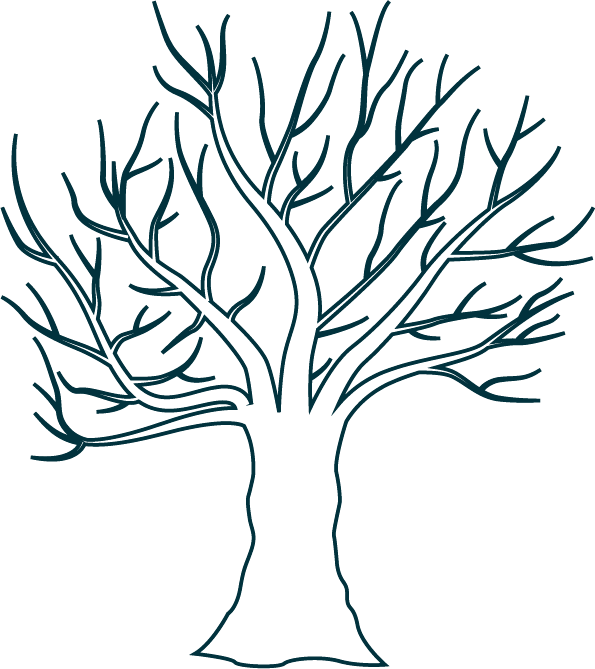


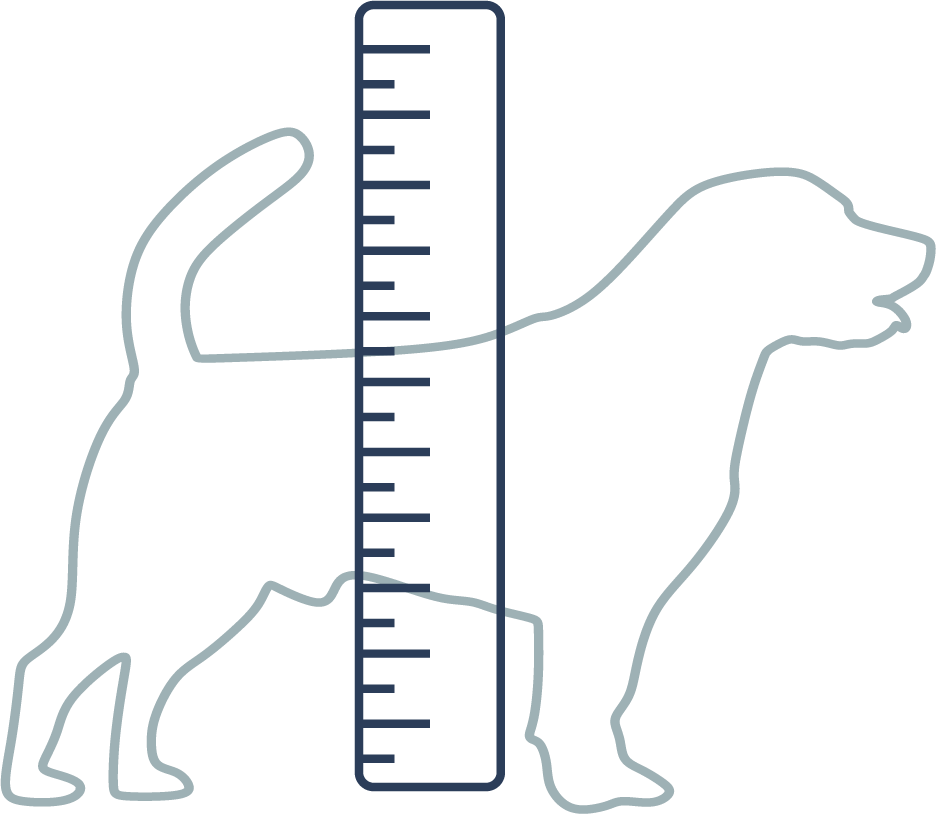


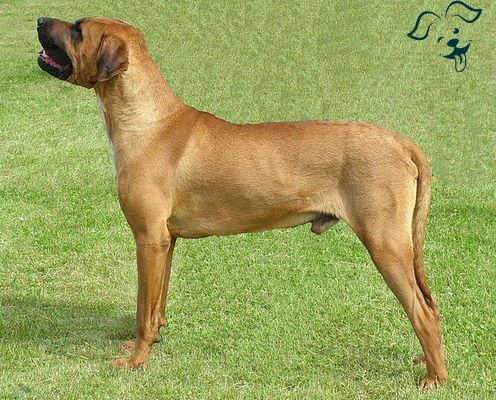
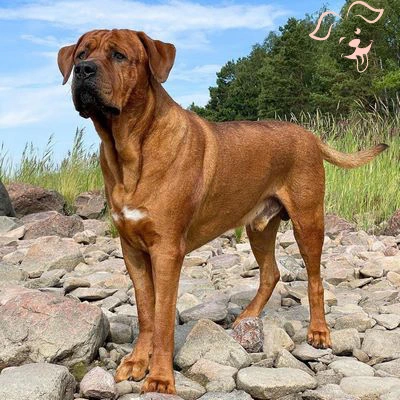
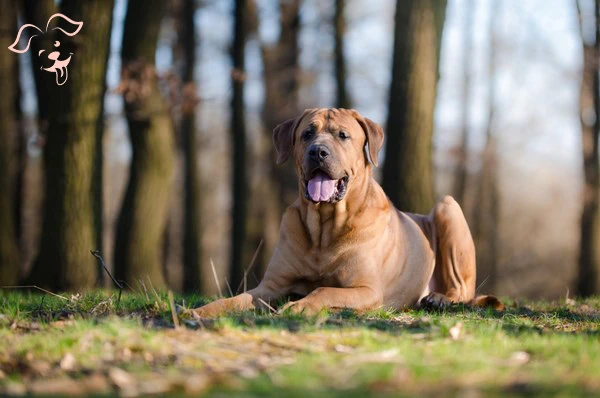
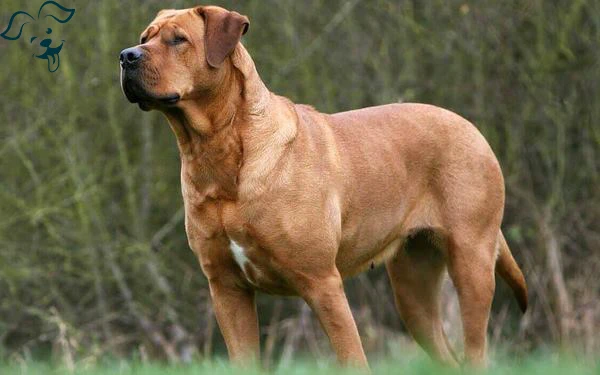


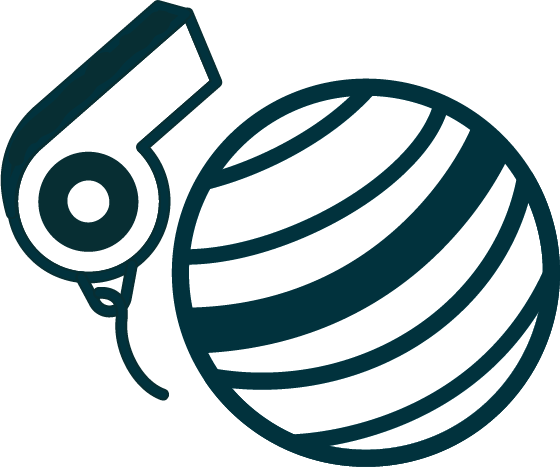

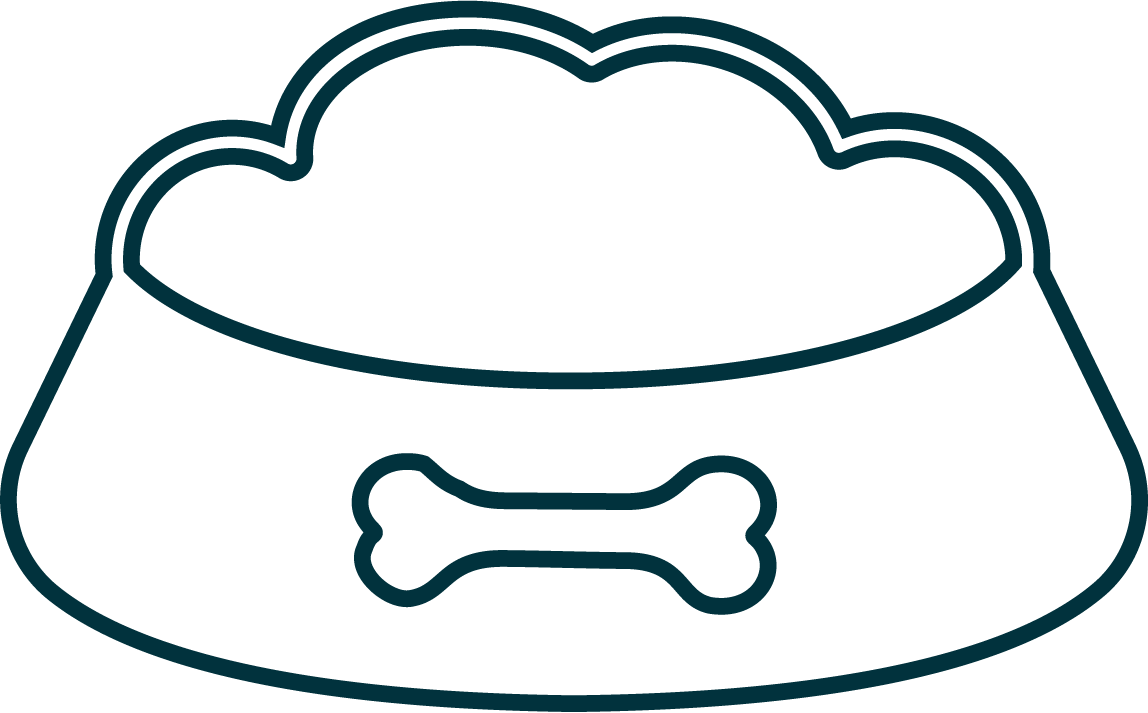

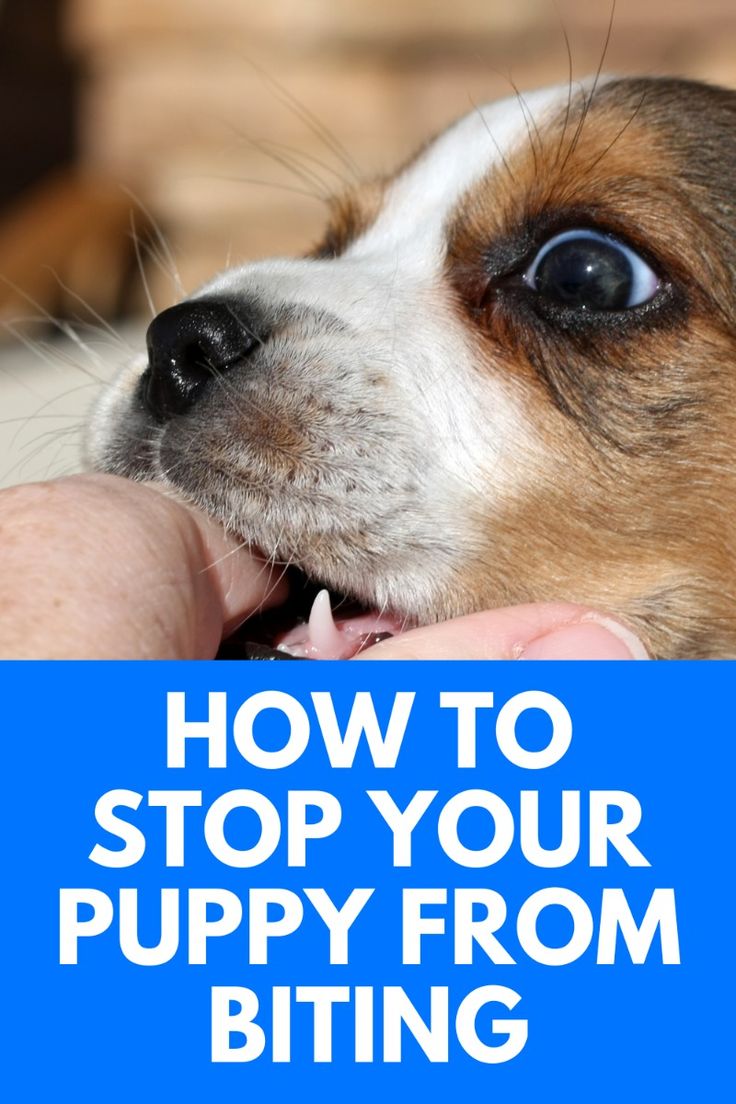
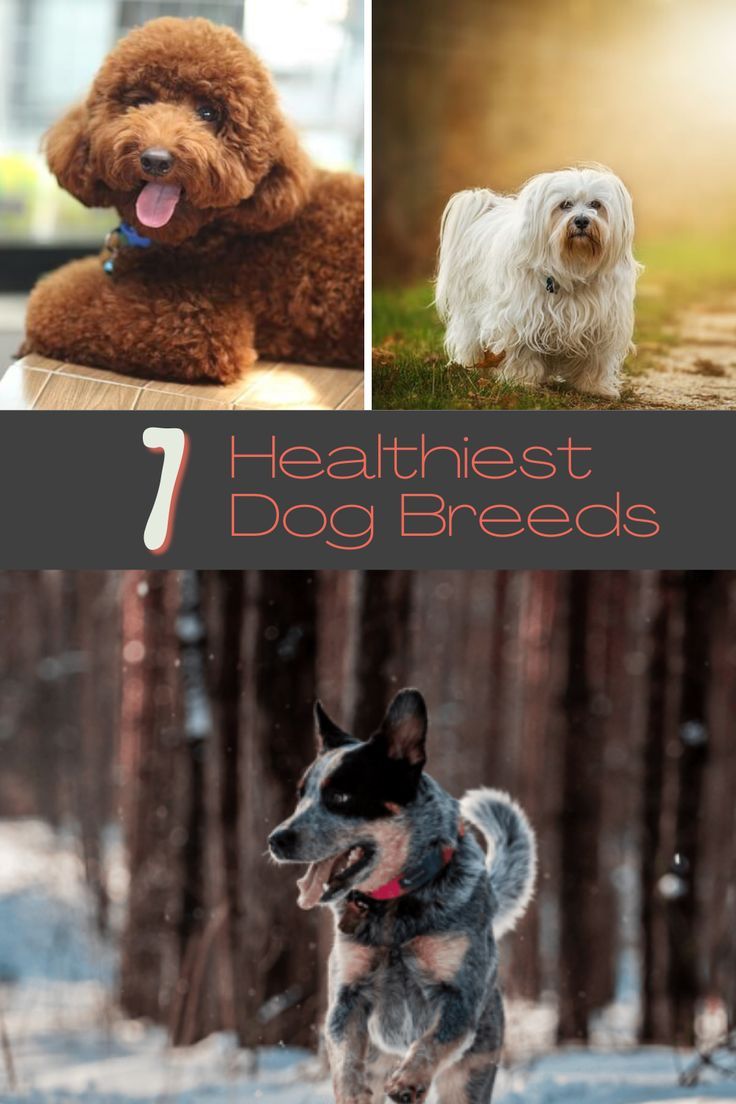

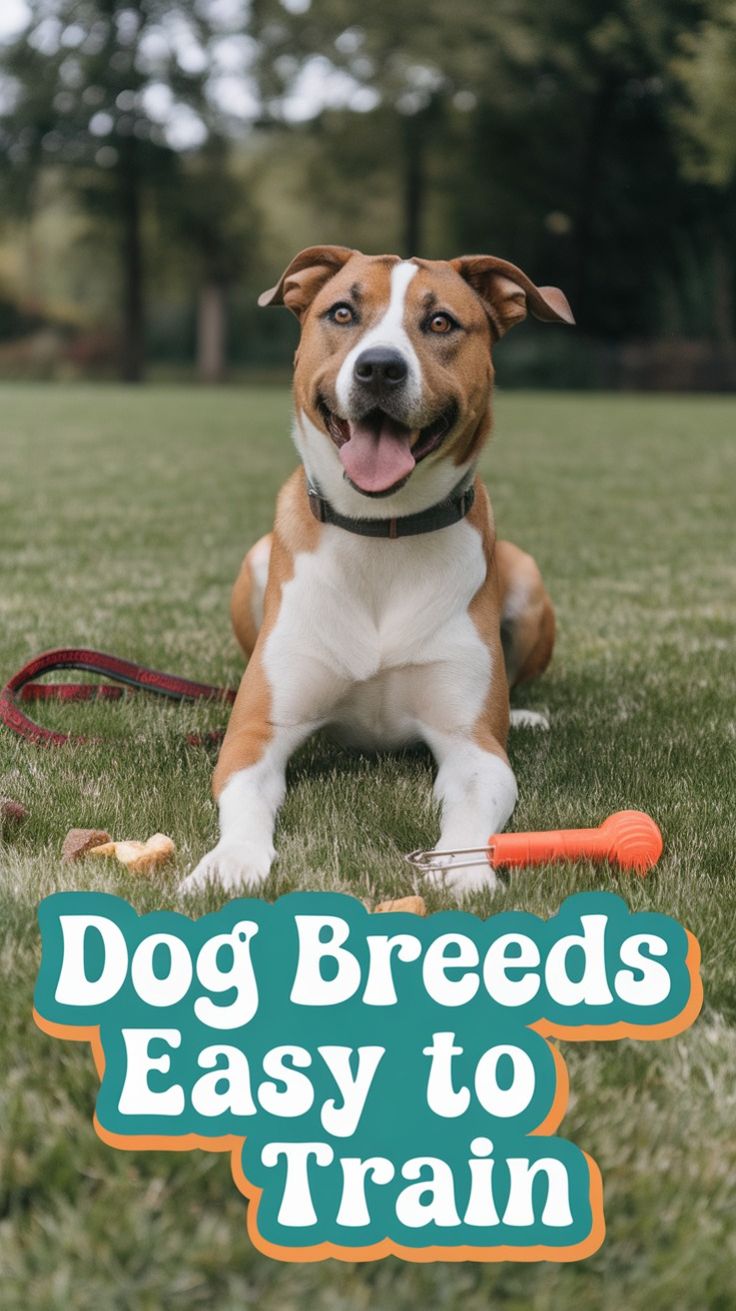
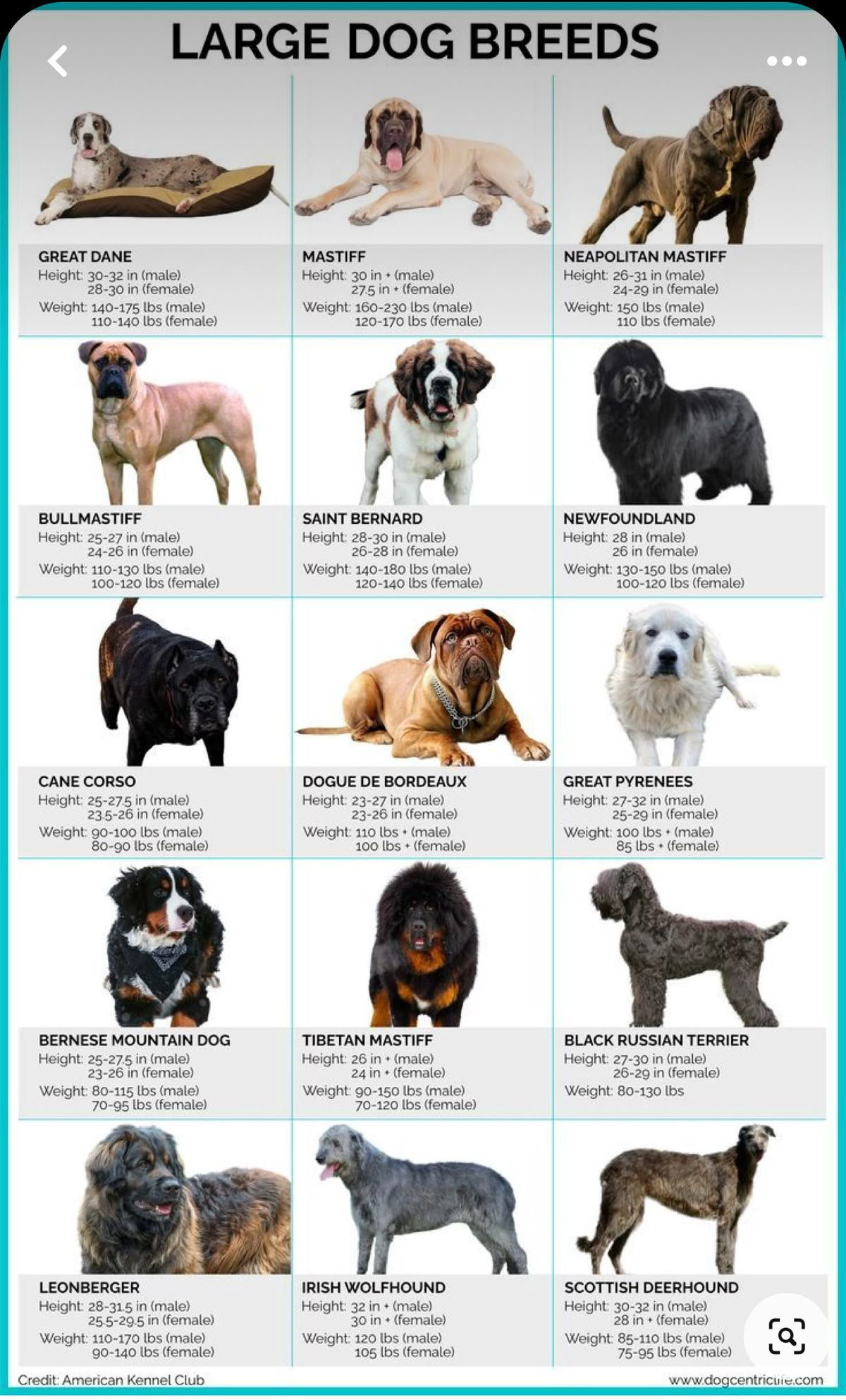

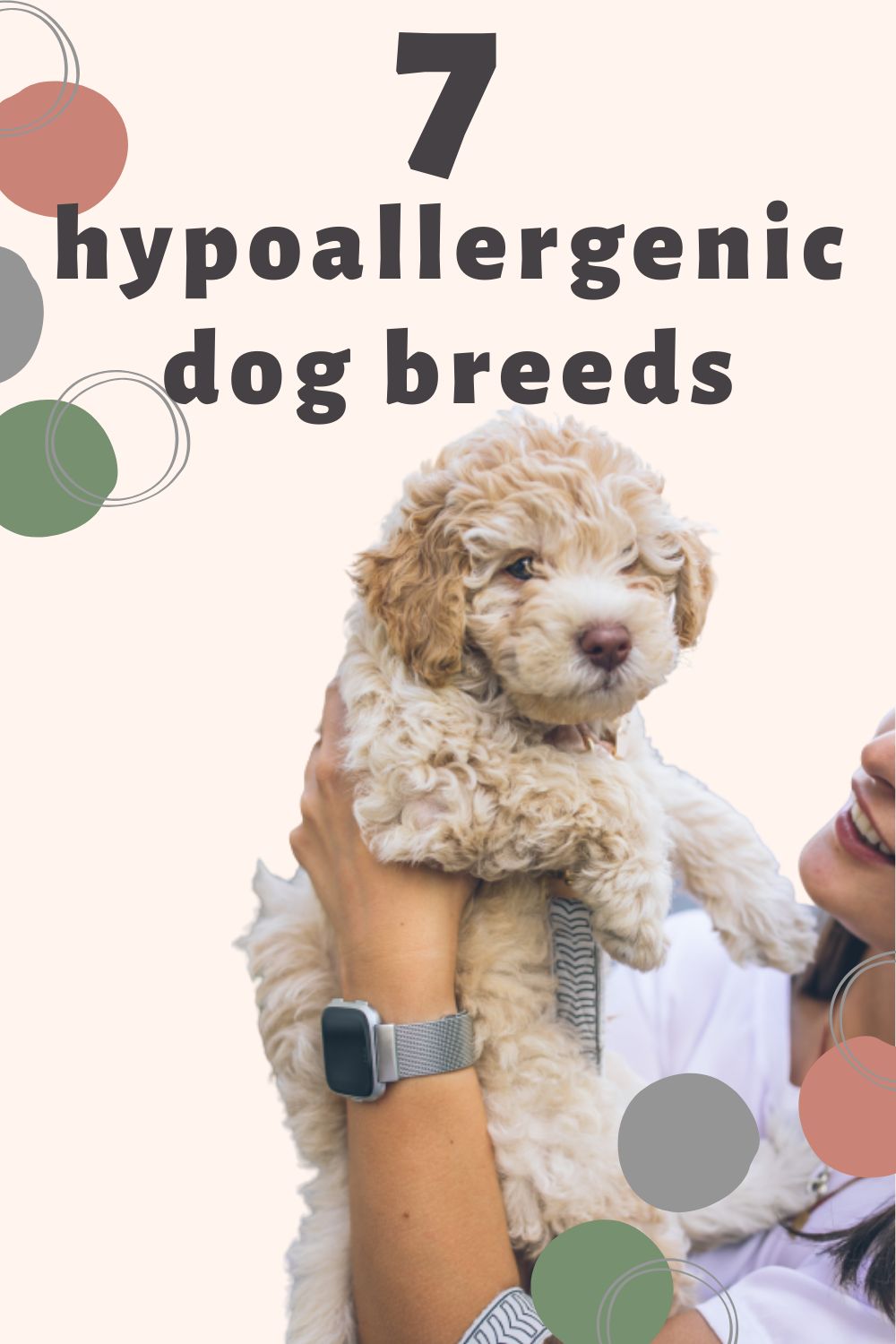
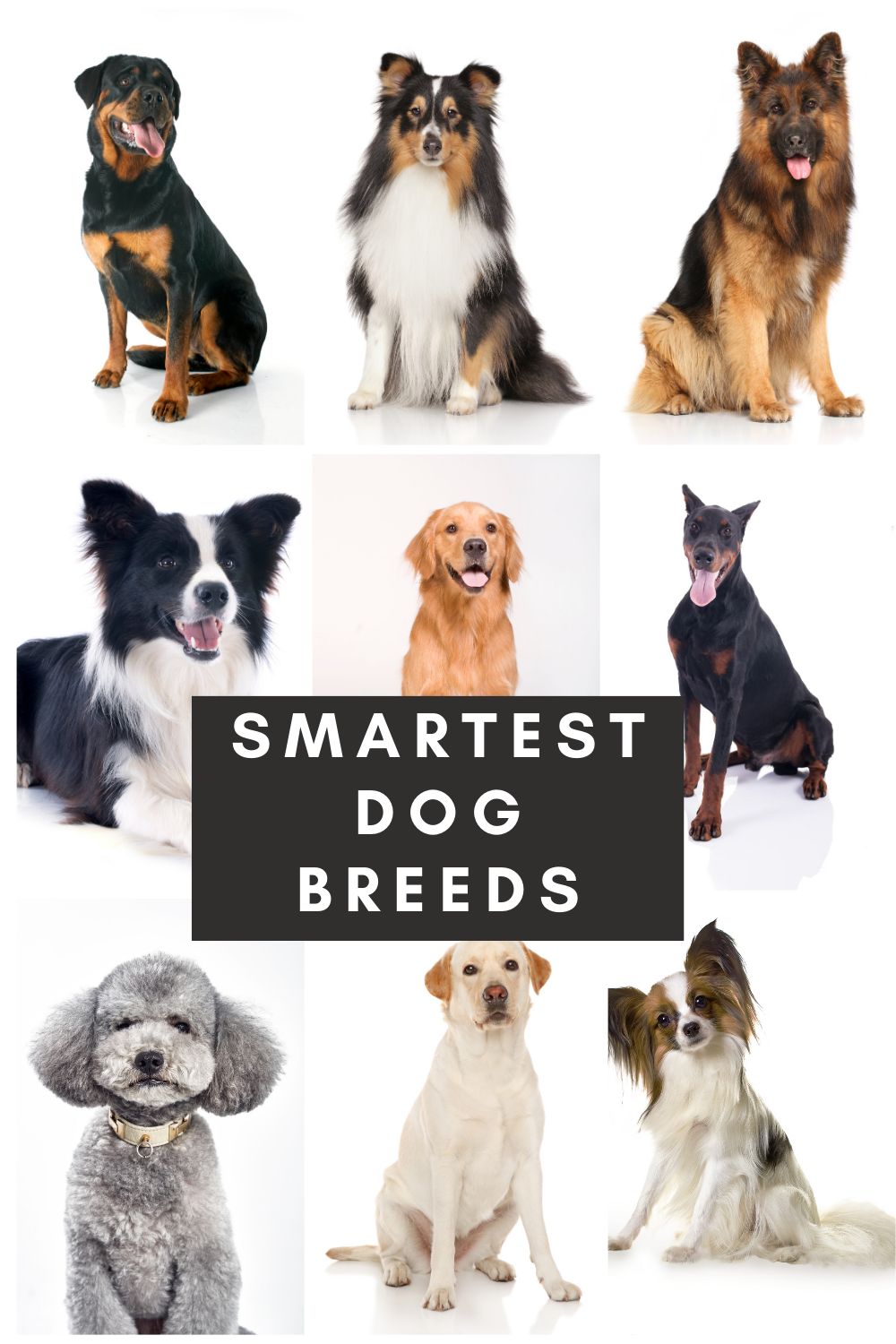
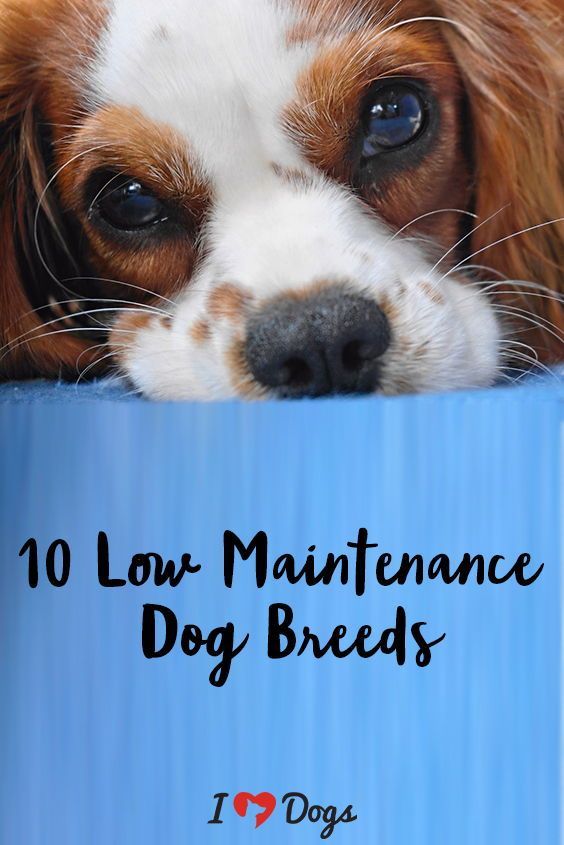


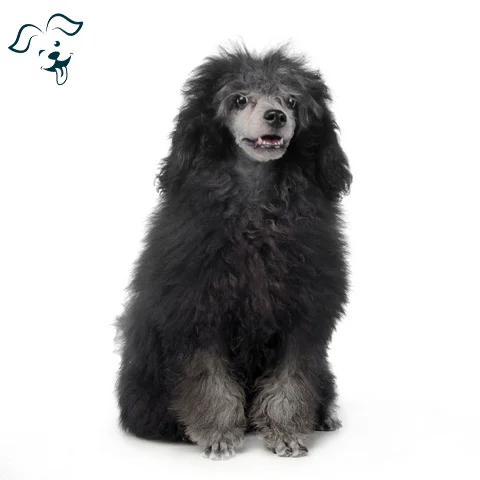
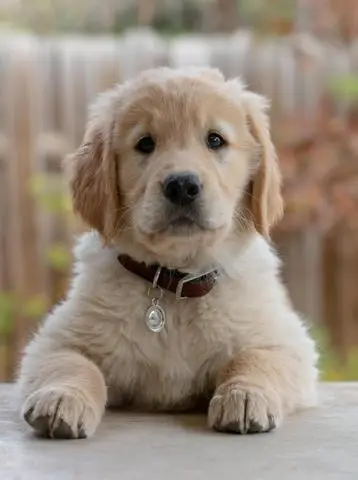
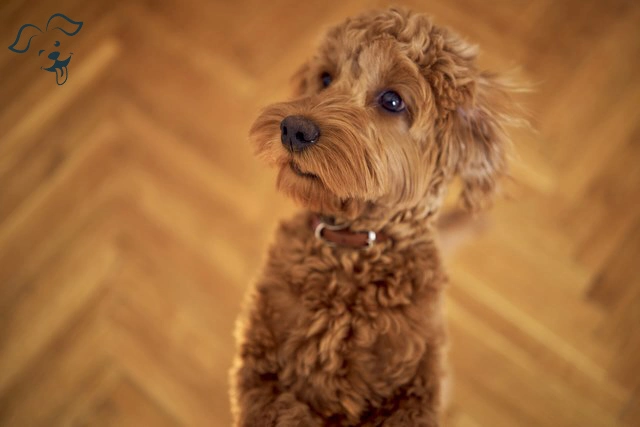
FRIENDLINESS
LIVELINESS
VIGILANCE INTENSITY
ADAPTATION CAPACITY